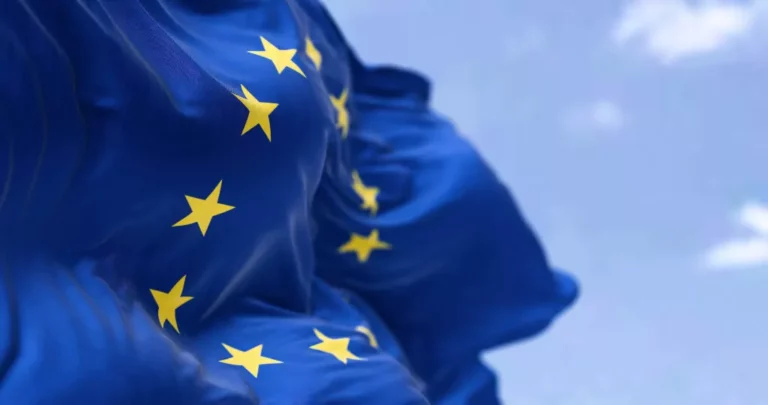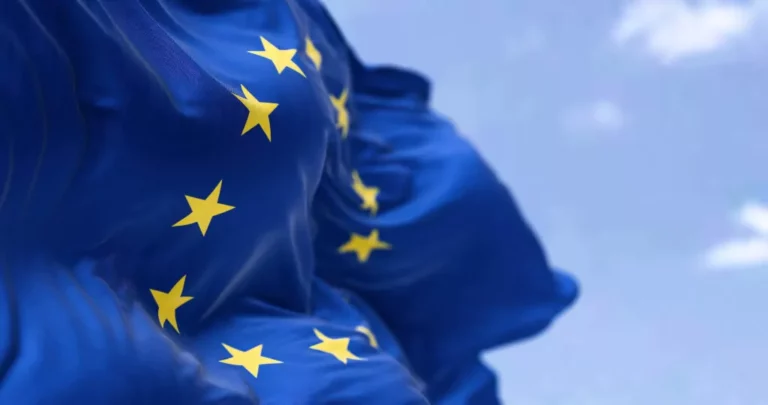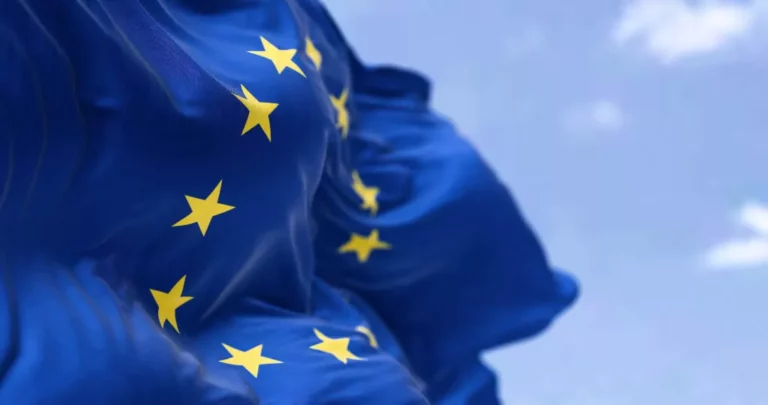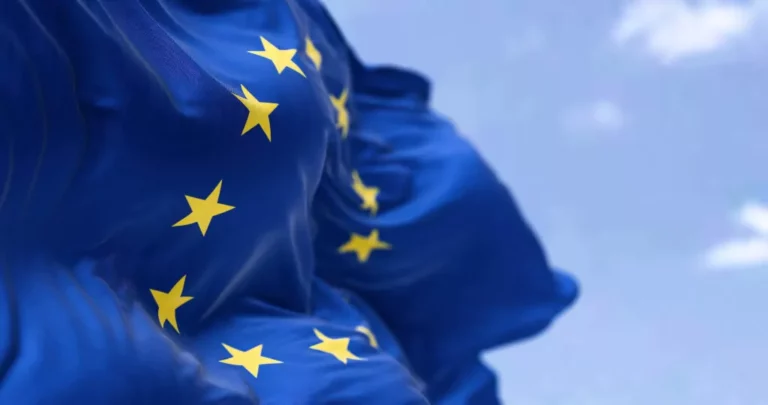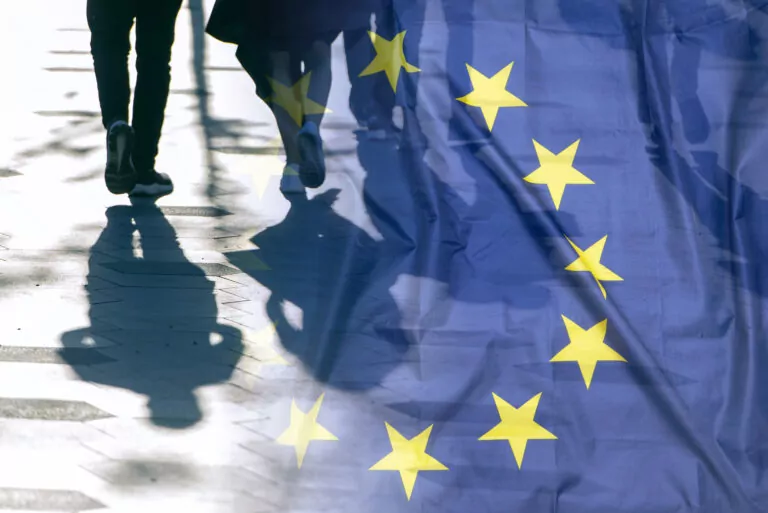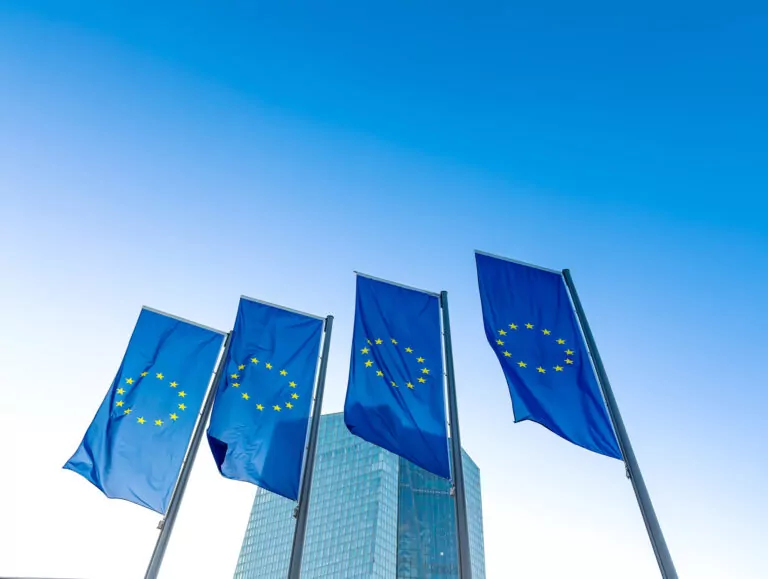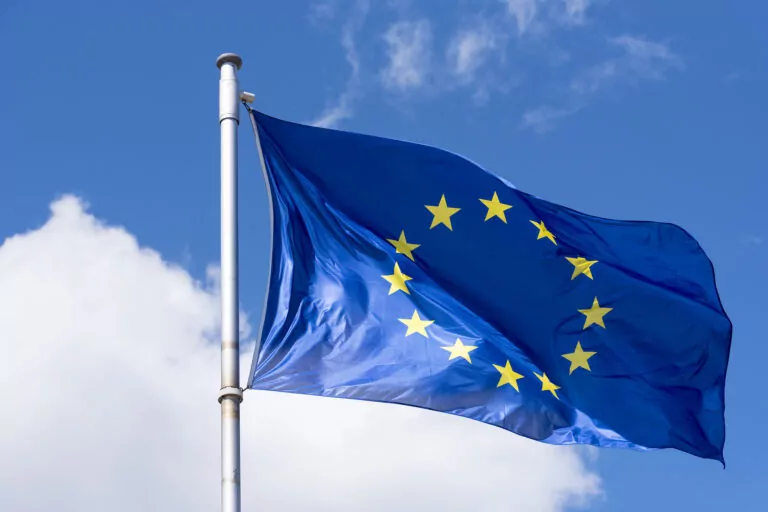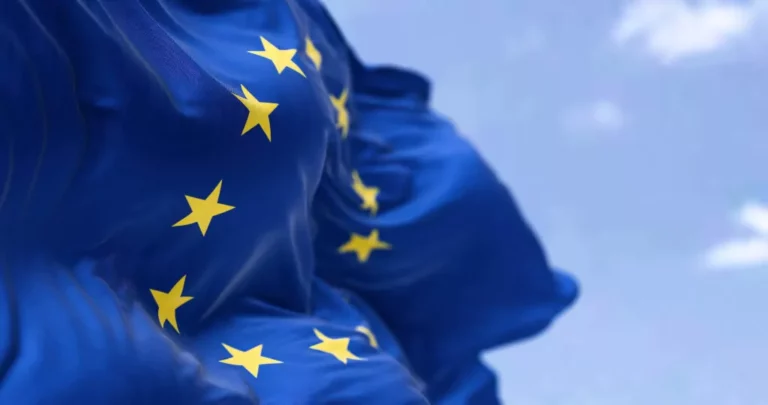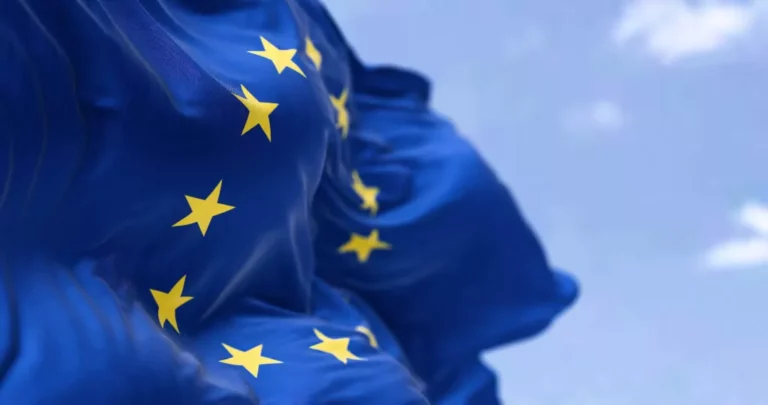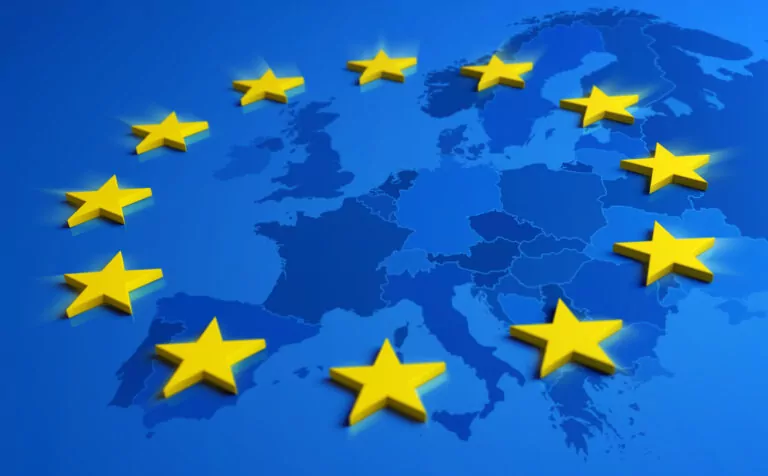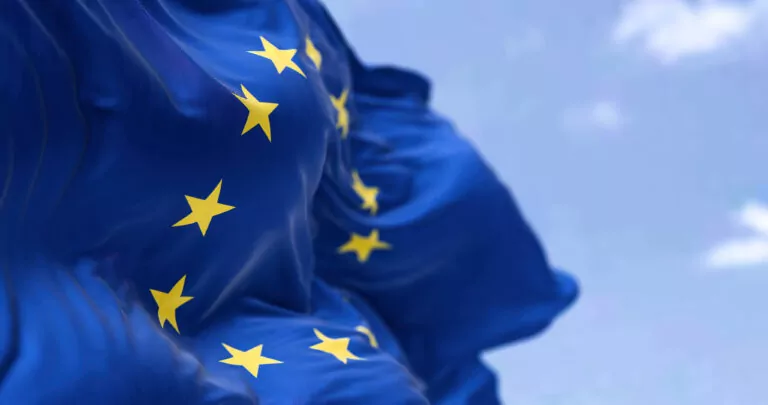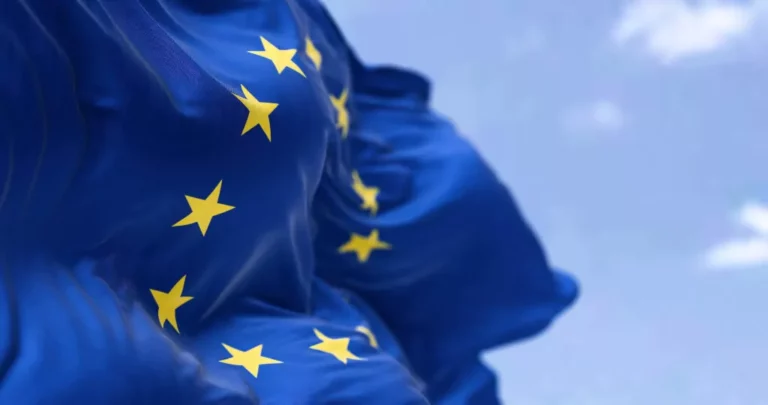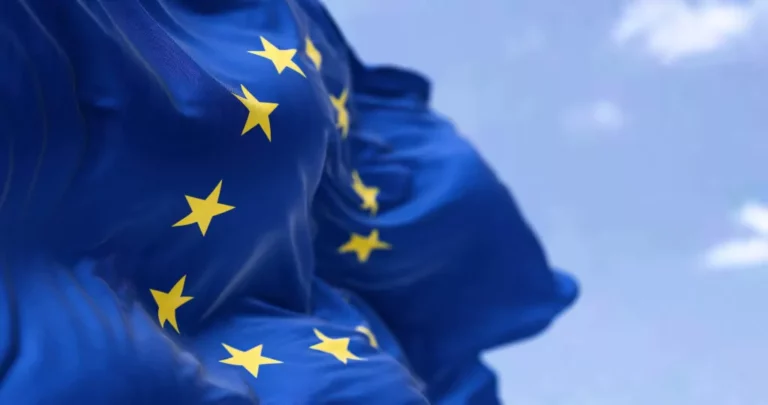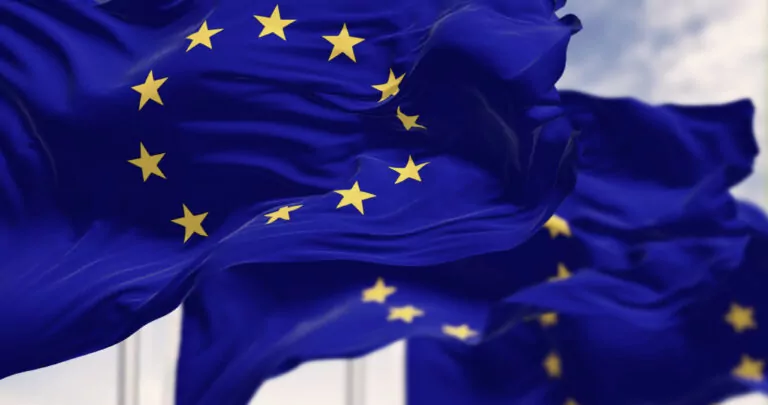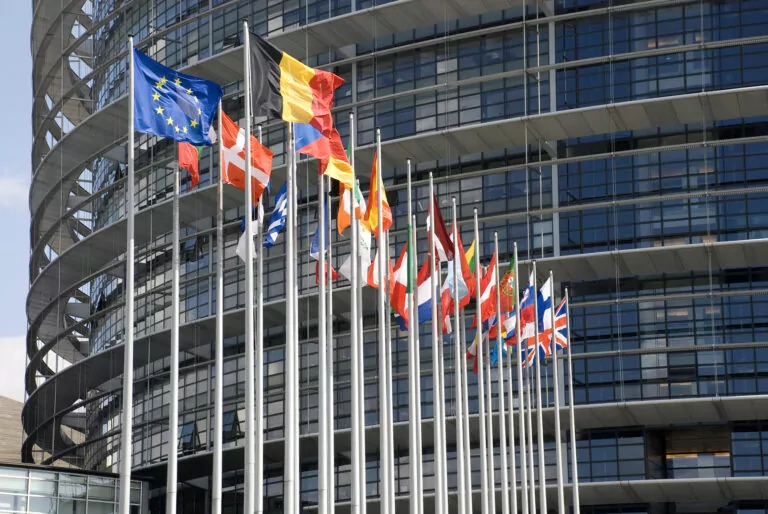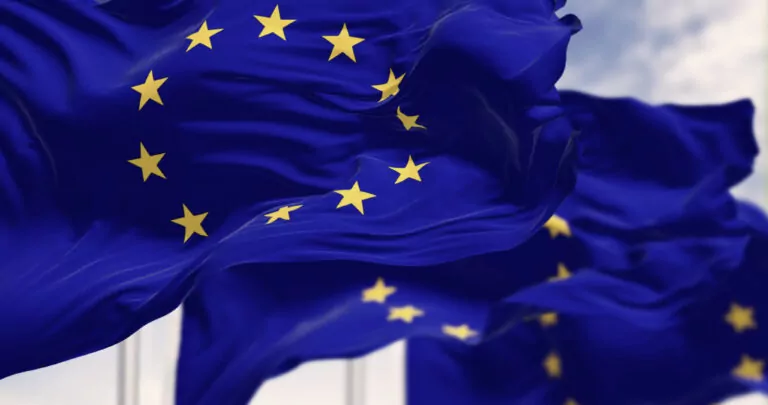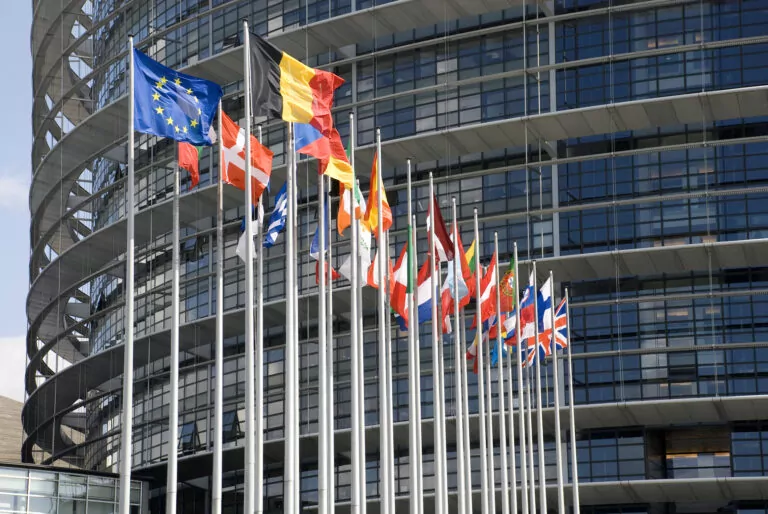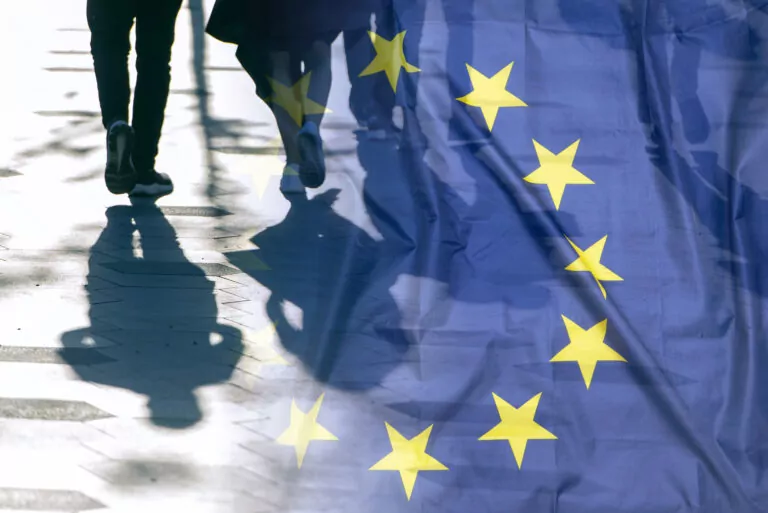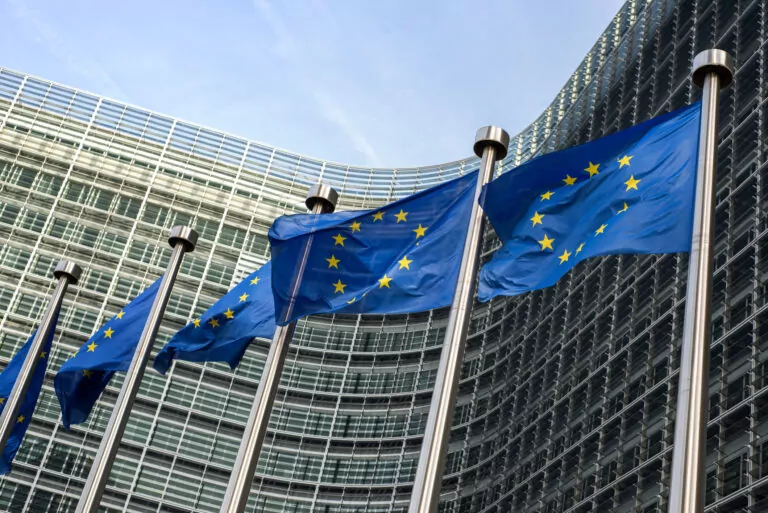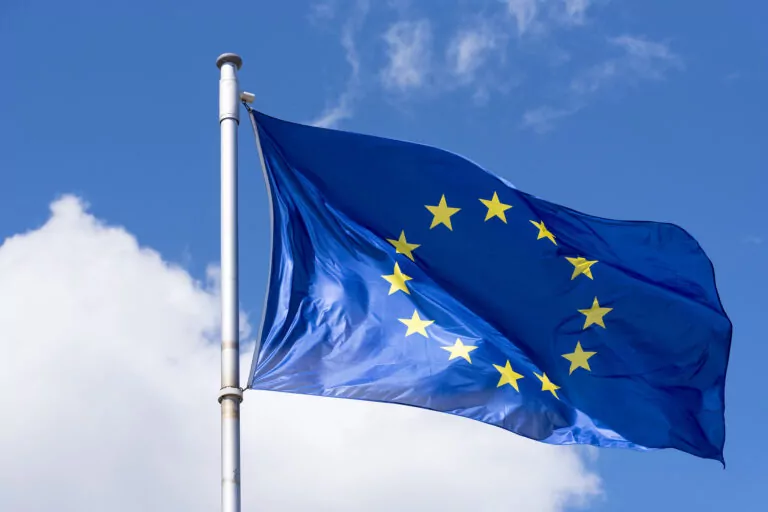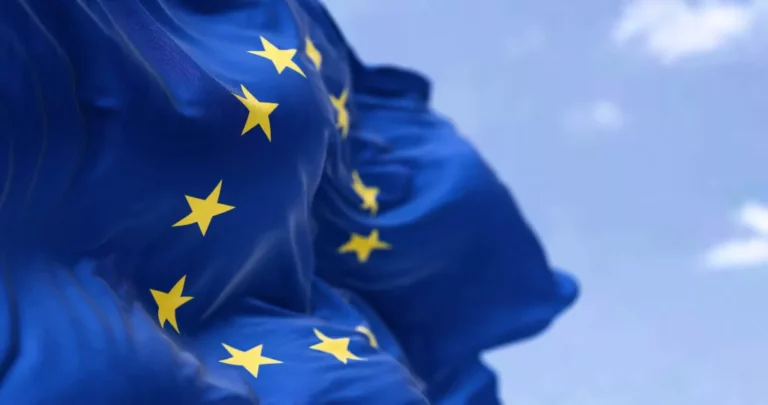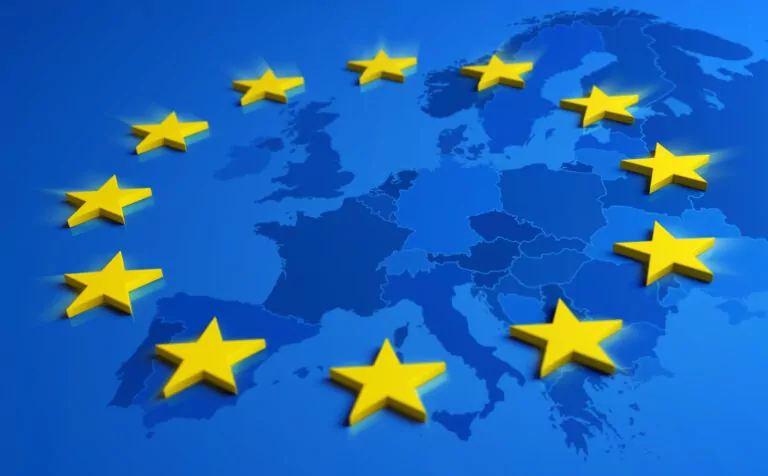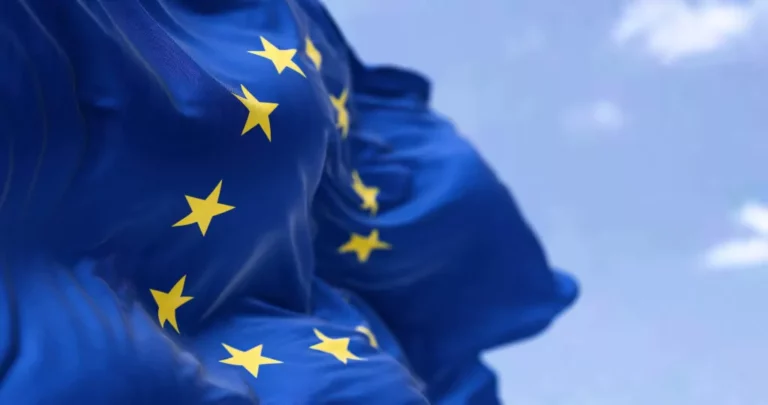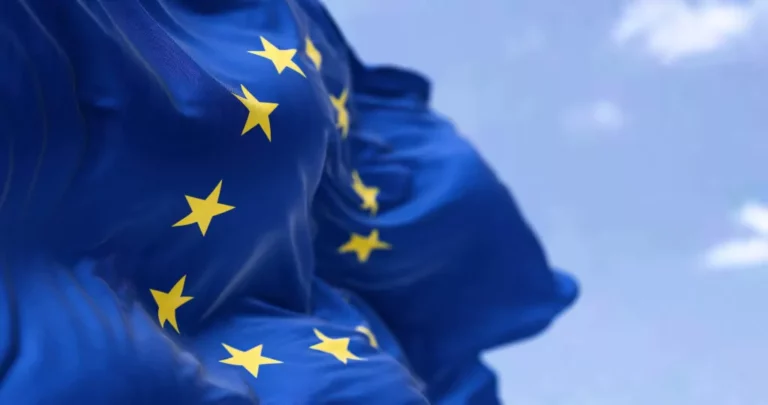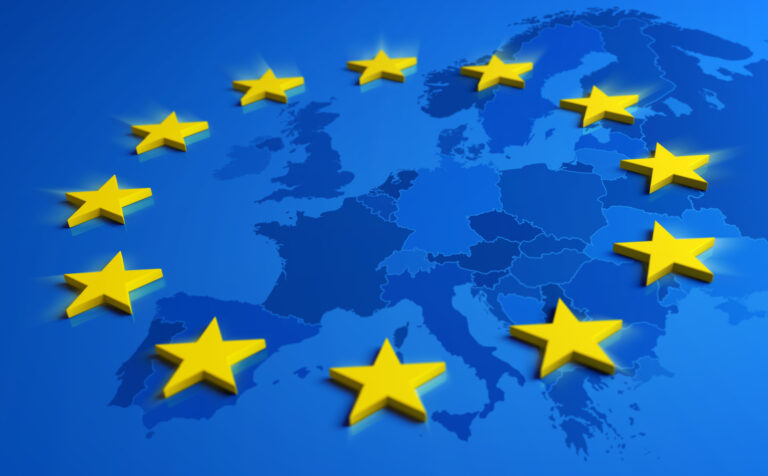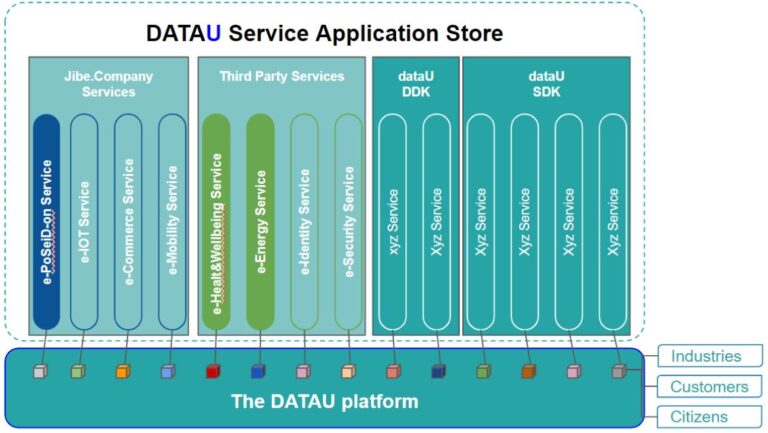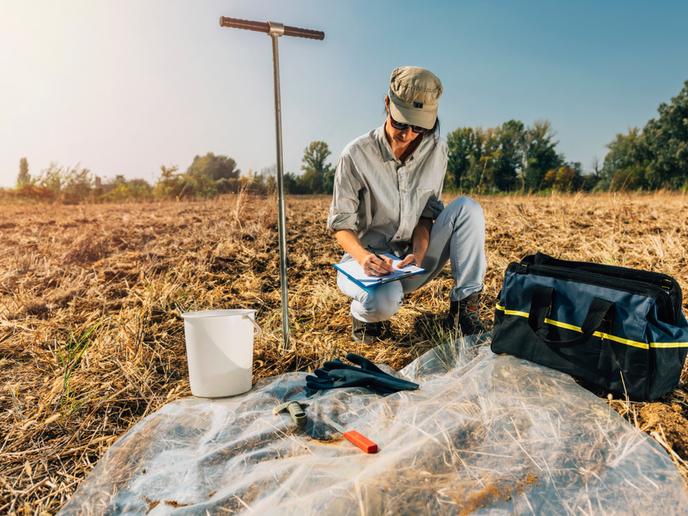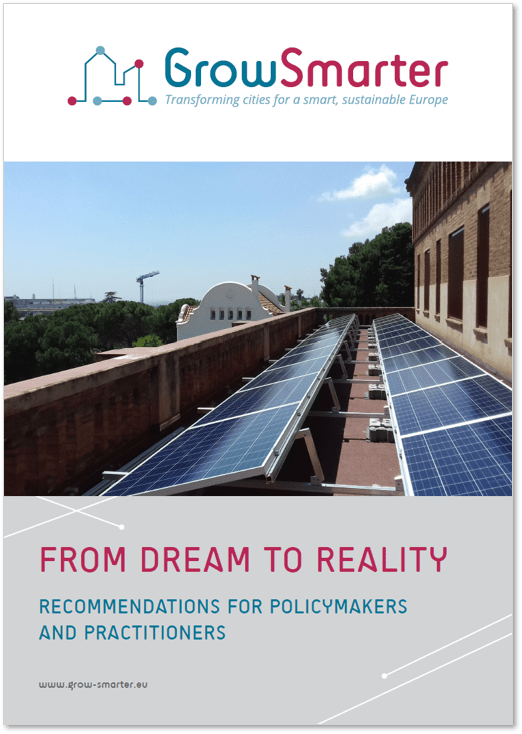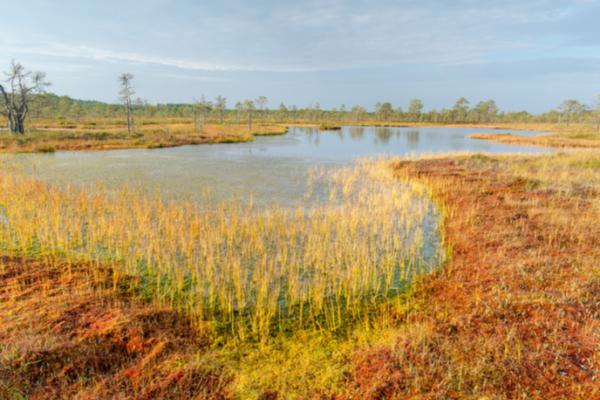Add to favorites:
Share:
Activities under this topic will help progress towards the objectives and targets of the Mission ‘A Soil Deal for Europe’, in particular towards its target 4.6 ‘Halt and reduce secondary salinization’. Activities will also contribute to the Sustainable Development Goal (SDG) 13 on climate action and SDG 15 on Life on Land.
The successful projects are expected to contribute to all of the following outcomes:
- Policy makers and relevant stakeholders have access to improved indicators and to knowledge and quantitative data on the current levels of soil salinity in Europe and its impact on ecosystem services provided by soils (such as providing food, clean water and a habitat for biodiversity).
- Policy makers and relevant stakeholder have an enhanced understanding of the primary drivers and mechanisms of soil salinization across different pedo-climatic regions in Europe.
- Policy makers and relevant stakeholder have improved access to knowledge and quantitative data on temporal shifts in soil salinity levels over the past decades and to projections for future trends across Europe under varying scenarios.
- Accelerated uptake in land use planning practices of innovative and reproducible sustainable land management strategies to prevent, minimise and remediate soil salinization in Europe.
Excessive soil salinity is a significant environmental issue in Europe, negatively impacting soil fertility, plant growth, soil biodiversity, the soil microbiome, and overall ecosystem functioning. Climate change, coupled with increased evaporation and irrigation, is likely to exacerbate salinization, potentially leading to uncertain consequences for carbon storage and water cycling because of soil degradation induced by salinity. Salinity is one of the descriptors in the proposal for a Directive on Soil Monitoring and Resilience and is recognized as one of the major drivers of soil degradation. The extent of soil salinization in Europe remains uncertain. Currently, there is no quantitative model capable of predicting future soil salinization in Europe under changing climate conditions at the resolution necessary for local management action and policy development.
Proposed activities should:
- Investigate the relationship between soil salinity, vegetation, soil biodiversity and drought (climate conditions) across all relevant land use types, and in the specific case of agricultural lands also including the relationship between crop production, plant adaptation mechanisms and crop resilience.
- Develop a harmonised assessment of soil salinity in Europe. This should include integration of high-resolution remote sensing data (earth observation techniques) with quantification techniques to enhance spatial resolution and accuracy in soil salinity monitoring, harmonisation of laboratorial procedures and monitoring systems, and testing the feasibility of statistical methods to combine soil salinity data collected by different protocols.
- Develop a quantitative model to predict future soil salinization in Europe under changing climate conditions.
- Assess the impact of saltwater intrusion on soil salinity and soil health in coastal regions to gauge vulnerability within climate change and rising sea levels.
- Identify hotspots of soil salinization and areas at risk across Europe to inform policy formulation, action planning, and sustainable land management strategies.
- Formulate innovative land management strategies that address both mitigation and adaptation to soil salinization, in co-creation with relevant stakeholders.
Proposals should include dedicated tasks and appropriate resources for coordination measures and joint activities with other relevant projects and initiatives funded under the Mission ‘A Soil Deal for Europe’, including engagement with the relevant cluster activities.
Proposals should demonstrate a route towards open access, longevity, sustainability and interoperability of knowledge and outputs through close collaboration with the European Union Soil Observatory (EUSO) and SoilWise. Particular efforts should be made to ensure that the data produced in the context of this topic is FAIR[1]. Proposals are encouraged to consider, where relevant, the data, expertise and services offered by European research infrastructures[2].
[1] Findable, Accessible, Interoperable and Reusable
[2] The catalogue of European Strategy Forum on Research Infrastructures (ESFRI) research infrastructures portfolio can be browsed from ESFRI website https://ri-portfolio.esfri.eu/.
Expected Outcome
Activities under this topic will help progress towards the objectives and targets of the Mission ‘A Soil Deal for Europe’, in particular towards its target 4.6 ‘Halt and reduce secondary salinization’. Activities will also contribute to the Sustainable Development Goal (SDG) 13 on climate action and SDG 15 on Life on Land.
The successful projects are expected to contribute to all of the following outcomes:
- Policy makers and relevant stakeholders have access to improved indicators and to knowledge and quantitative data on the current levels of soil salinity in Europe and its impact on ecosystem services provided by soils (such as providing food, clean water and a habitat for biodiversity).
- Policy makers and relevant stakeholder have an enhanced understanding of the primary drivers and mechanisms of soil salinization across different pedo-climatic regions in Europe.
- Policy makers and relevant stakeholder have improved access to knowledge and quantitative data on temporal shifts in soil salinity levels over the past decades and to projections for future trends across Europe under varying scenarios.
- Accelerated uptake in land use planning practices of innovative and reproducible sustainable land management strategies to prevent, minimise and remediate soil salinization in Europe.
Scope
Excessive soil salinity is a significant environmental issue in Europe, negatively impacting soil fertility, plant growth, soil biodiversity, the soil microbiome, and overall ecosystem functioning. Climate change, coupled with increased evaporation and irrigation, is likely to exacerbate salinization, potentially leading to uncertain consequences for carbon storage and water cycling because of soil degradation induced by salinity. Salinity is one of the descriptors in the proposal for a Directive on Soil Monitoring and Resilience and is recognized as one of the major drivers of soil degradation. The extent of soil salinization in Europe remains uncertain. Currently, there is no quantitative model capable of predicting future soil salinization in Europe under changing climate conditions at the resolution necessary for local management action and policy development.
Proposed activities should:
- Investigate the relationship between soil salinity, vegetation, soil biodiversity and drought (climate conditions) across all relevant land use types, and in the specific case of agricultural lands also including the relationship between crop production, plant adaptation mechanisms and crop resilience.
- Develop a harmonised assessment of soil salinity in Europe. This should include integration of high-resolution remote sensing data (earth observation techniques) with quantification techniques to enhance spatial resolution and accuracy in soil salinity monitoring, harmonisation of laboratorial procedures and monitoring systems, and testing the feasibility of statistical methods to combine soil salinity data collected by different protocols.
- Develop a quantitative model to predict future soil salinization in Europe under changing climate conditions.
- Assess the impact of saltwater intrusion on soil salinity and soil health in coastal regions to gauge vulnerability within climate change and rising sea levels.
- Identify hotspots of soil salinization and areas at risk across Europe to inform policy formulation, action planning, and sustainable land management strategies.
- Formulate innovative land management strategies that address both mitigation and adaptation to soil salinization, in co-creation with relevant stakeholders.
Proposals should include dedicated tasks and appropriate resources for coordination measures and joint activities with other relevant projects and initiatives funded under the Mission ‘A Soil Deal for Europe’, including engagement with the relevant cluster activities.
Proposals should demonstrate a route towards open access, longevity, sustainability and interoperability of knowledge and outputs through close collaboration with the European Union Soil Observatory (EUSO) and SoilWise. Particular efforts should be made to ensure that the data produced in the context of this topic is FAIR[1]. Proposals are encouraged to consider, where relevant, the data, expertise and services offered by European research infrastructures[2].
[1] Findable, Accessible, Interoperable and Reusable
[2] The catalogue of European Strategy Forum on Research Infrastructures (ESFRI) research infrastructures portfolio can be browsed from ESFRI website https://ri-portfolio.esfri.eu/.
Partner Requests
Explore Real Collaboration Opportunities
🔍 As a logged-in member, you now have exclusive access to all active Partner Requests for this Funding Call.
See who’s looking for collaborators, explore exciting project ideas, and discover how others are planning to make an impact.
💡 Use these insights to get inspired—or take the next step and start a request of your own (3 entries for free).
Log in or registrate here for free.
You must be logged in to submit or manage a partner request.
Ask our experts about this call
Connect with the Listing Owner!
💬 Please log in now to send a direct message to our experts and ask your questions. Not a member yet? Sign up for free and start connecting today!
Related Funding and Finance Opportunities
Unlock Exclusive Funding Opportunities!
🔑 Get instant access to tailored funding opportunities that perfectly match your needs. This powerful feature is exclusively available to our premium members—helping you save time, stay ahead of the competition, and secure the right funding faster.
Upgrade to Premium now and never miss an important opportunity again! Already a premium member? Log in here to explore your matches.
Related Innovation Offers
Related Knowledgebase Resources
Discover More with Premium: Related Knowledge Resources
🔒 You’re missing out on expert-curated knowledge specifically matched to this topic. As a Premium member, you gain exclusive access to in-depth articles, guides, and insights that help you make smarter decisions, faster.
Whether you’re preparing a funding proposal, researching a new market, or just need reliable information—our Premium knowledge matches save you hours of research and point you directly to what matters.
Upgrade to Premium now and instantly unlock relevant knowledge tailored to your needs! Already a member? Log in here to view your personalized content.

